Weather:
- Ha Noi 24oC
- Da Nang 25oC
- Ho Chi Minh 26oC
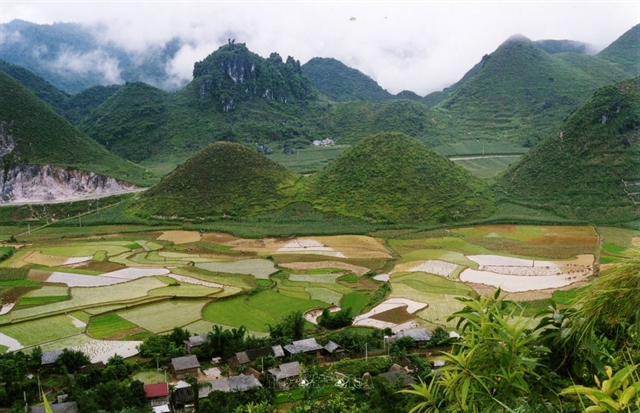
Thanh Nga
The merger of Hà Giang and Tuyên Quang provinces has birthed a new, enlarged Tuyên Quang, marking not just an administrative expansion but a vibrant fusion of two rich cultural legacies and unique strengths in northern mountainous tourism.
Tuyên Quang boasts a wealth of tourism potential, from the breathtaking landscapes of Na Hang and Lâm Bình to the striking karst plateau. Its historical significance is underscored by the Tân Trào revolutionary relics, while the cultural richness is reflected in the vibrant life, festivals, and customs of more than 20 ethnic groups.
Each group contributes its own story, weaving a colourful tapestry that captures the essence of this mountainous province.
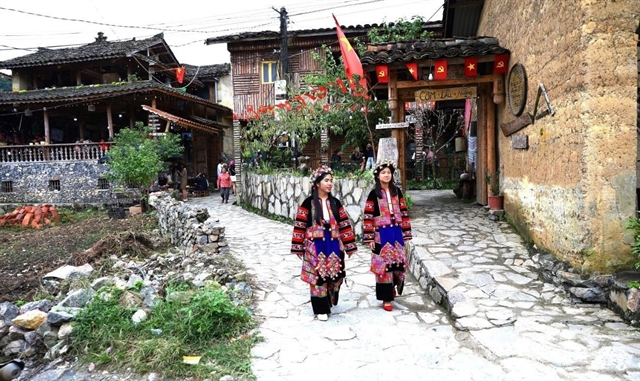
The province is alive with a diverse array of festivals, each echoing tales of its heritage through intangible cultural expressions that have earned national recognition. Traditions like Then singing, Sình ca singing, the Dao people's coming-of-age ceremony, and the Lồng Tồng Festival offer a glimpse into the soul of Tuyên Quang.
These celebrations, along with colourful costumes and profound spiritual rituals, create a rich cultural mosaic that attracts visitors from far and wide.
Among these festivals, the Thành Tuyên Festival, held annually to celebrate Mid-Autumn Festival, stands out as a hallmark event, drawing tens of thousands of visitors each year. Renowned as the largest of its kind in Việt Nam, it holds numerous records confirmed by the Vietnam Guinness Book of Records, including for the most unique lantern models.
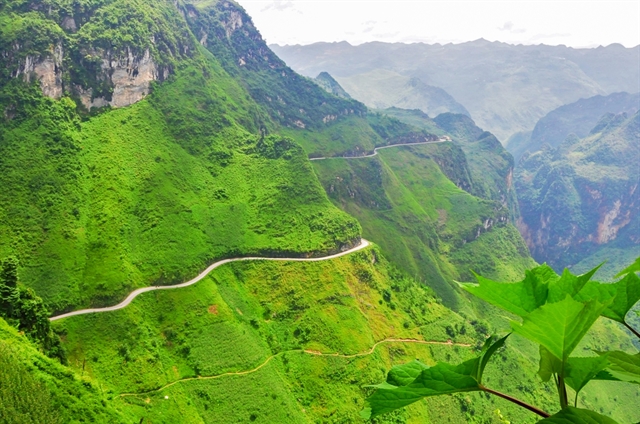
Tourism momentum builds
In the first nine months of 2025, Tuyên Quang’s tourism sector has experienced remarkable growth, laying a solid foundation for its emergence as a premier destination in the northeast region.
Statistics show that in September alone, the province welcomed over 323,400 visitors – around 35,400 of whom were international tourists – contributing to a total of nearly three million visitors in the first nine months of the year. This influx generated an estimated VNĐ860 billion (US$32.67 million) in tourist spending, achieving 82.8 per cent of the yearly target.
Key destinations like Na Hang-Lâm Bình Nature Reserve, the UNESCO Global Geopark Đồng Văn Karst Plateau and Tân Trào revolution relics site have become increasingly popular, captivating travellers with their natural beauty and cultural heritage.
Community-based tourism, particularly in ethnic areas like Hoàng Su Phì and Mèo Vạc, is thriving, offering unique experiences that resonate with visitors.
The burgeoning popularity of these areas showcases the potential for sustainable tourism that benefits both the economy and the local communities.
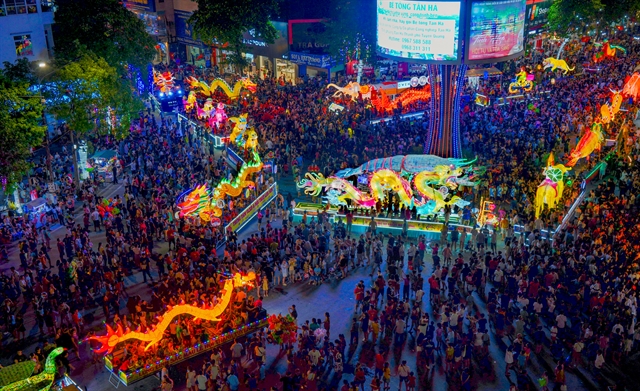
New tourism products are blossoming, infused with local cultural elements. Experiences such as highland agri-tourism and culinary adventures featuring Thuận Hòa green rice and Đồng Văn mint honey are drawing attention.
“My journey to Tuyên Quang was very special, because it has both the majesty of the mountains and the softness of the rivers and villages. What impressed us was that the people here are very hospitable; I really love this land,” Nguyễn Xuân Mạnh, a tourist from Hà Nội, said.
October marked a significant moment for Tuyên Quang, as the province received numerous prestigious awards, elevating its status on the international tourism map.
The Đồng Văn Karst Plateau was honoured as Asia's Leading Regional Cultural Destination 2025 by the World Travel Awards, while Panhou Retreat Thông Nguyên was awarded Asia's Leading Green Resort 2025. Such accolades open doors for Tuyên Quang to promote its tourism to a global audience.

Driving sustainable growth
Furthermore, the United Nations World Tourism Organisation announced that Lô Lô Chải Village in Lũng Cú Commune was named Best Tourism Village in the World 2025. This recognition is a testament to the village's commitment to nature conservation, cultural preservation, and sustainable tourism development.
Nguyễn Trung Ngọc, director of the provincial Department of Culture, Sports and Tourism, said that these international awards reflected Tuyên Quang’s strategic direction in fostering green tourism that harmonises economic growth with the preservation of cultural and ecological values.
“Consecutive international awards are clear evidence of Tuyên Quang’s correct direction in developing green tourism,” Ngọc noted.
"This commitment is not just about attracting tourists, it's about ensuring that the beauty and traditions of Tuyên Quang remain intact for future generations."
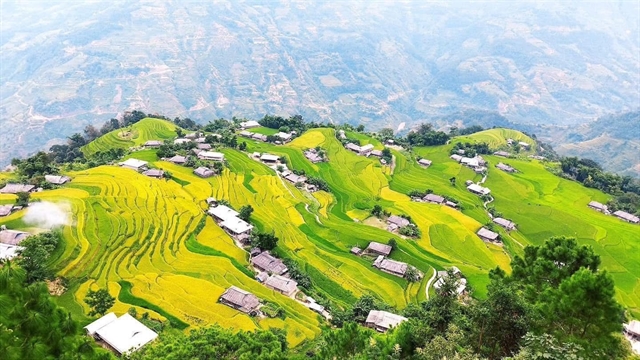
Recognising its abundant resources and distinctive cultural identity, Tuyên Quang has prioritised tourism development as a strategic initiative to drive green, sustainable growth.
The provincial government is focused on establishing tourism clusters and key centres that promote traditional cultural values while fostering economic vitality. This multifaceted approach aims to create a balanced ecosystem where tourism can thrive alongside the preservation of local culture and environment.
"Tourism development must align with cultural preservation and sustainable livelihoods for the local population. The province is committed to synchronised planning, infrastructure development and investment promotion to position Tuyên Quang as a shining star in northern mountainous tourism,” Nguyễn Mạnh Tuấn, vice chairman of Tuyên Quang People's Committee (Administration), said.
To further enhance its offerings, the province is digitising destination information, standardising OCOP (One Commune, One Product) items associated with tourism, and investing in community tourism training. Each route and destination will be imbued with a unique identity that captivates visitors not only through its landscapes but also through its cultural depth.
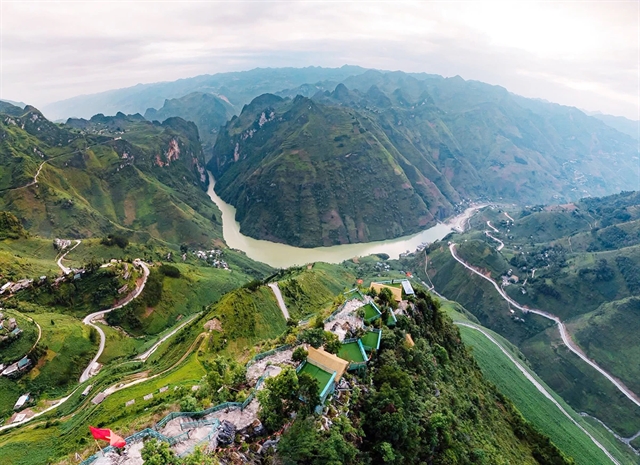
Sustainability, community power
From now to 2030, Tuyên Quang aims to significantly advance eco-tourism, rural experiences, and community tourism that align with nature conservation and cultural identity.
Key areas such as Na Hang Lake, Lâm Bình and Mèo Vạc are poised to become "tourism gold mines" with proper investment in infrastructure and connectivity. The focus on sustainable practices ensures that tourism development will benefit not only visitors but also the local communities.
The emphasis on community tourism is evident through initiatives like Mun Homestay, operated by Lý Thị Pày in Quản Bạ Commune. Established in 2019, this homestay has evolved into a beloved destination for travellers seeking an immersive experience in the culture and customs of the Dao people.
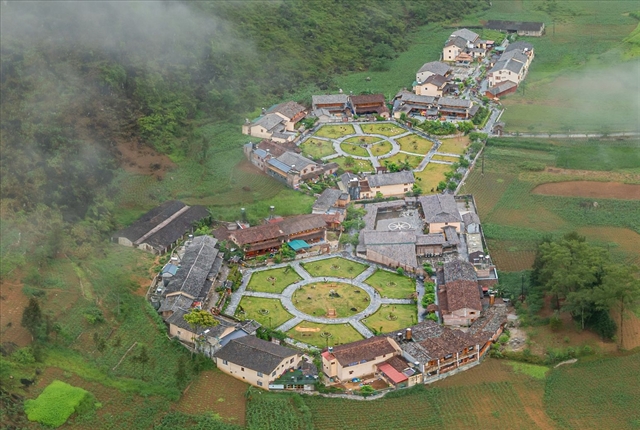
“Mun Homestay is not only a place to stay but also a place for tourists to immerse themselves in the life, culture and customs of the Dao people in the rocky plateau. Each tourist coming to Mun Homestay contributes VNĐ10,000 per person to the community development fund,” Pày said.
This model empowers the community, fostering a sense of shared responsibility and pride in their cultural heritage.
Ma Công Hùng, owner of Thuôn Chang Homestay in Trung Hà Commune, echoed this sentiment, highlighting the benefits of connectivity in tourism.
“If there is a connection in tourism, it will help the whole community develop together,” he said.
“I personally am very happy that Hà Giang and Tuyên Quang have merged under the same roof. Tourists coming to Tuyên Quang will have more options and they can stay longer than expected because there are many places to explore instead of being limited to places in the old provinces as before.”
Investment in transport and infrastructure is also vital to the success of Tuyên Quang’s tourism ambitions. The recent inauguration of the Tuyên Quang-Phú Thọ expressway and the ongoing development of the Tuyên Quang-Hà Giang route are pivotal in establishing a cross-regional tourism corridor.
The provincial government is also focused on upgrading access to core heritage sites, enhancing the overall tourist experience. Such investments not only facilitate easier travel but also encourage longer stays, allowing tourists to fully immerse themselves in the region's offerings.
In addition, Tuyên Quang plans to offer specialised tours that cover themes such as history, geology, culture, and festivals, including Hạ Temple, Vương Family Mansion, Mèo Vạc, Mã Pì Lèng, Khâu Vai Love Market, and many more.
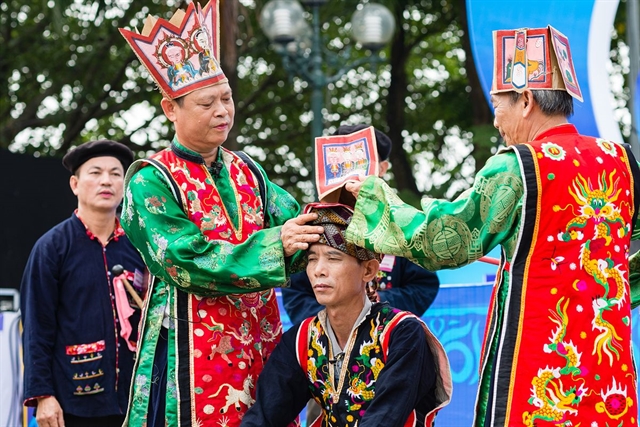
Digital transformation is also on the rise, with initiatives to develop digital maps, online booking systems, and virtual reality experiences that immerse visitors in the region’s rich ethnic cultures. These advancements will enhance the tourist experience, making it easier for visitors to plan their journeys and discover the hidden gems of the province.
Tuyên Quang is a land of heritage, identity and aspiration. As the nation evolves, the province is positioned to rise, with tourism paving the way for growth across various economic sectors.
The potential for Tuyên Quang is immense, and with continued investment and commitment to sustainability, it is set to become a beacon of cultural and natural beauty in Việt Nam. VNS
